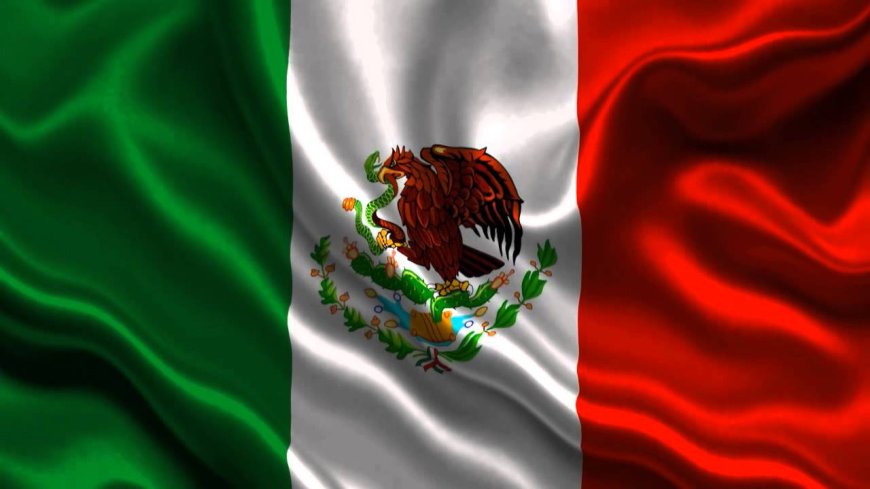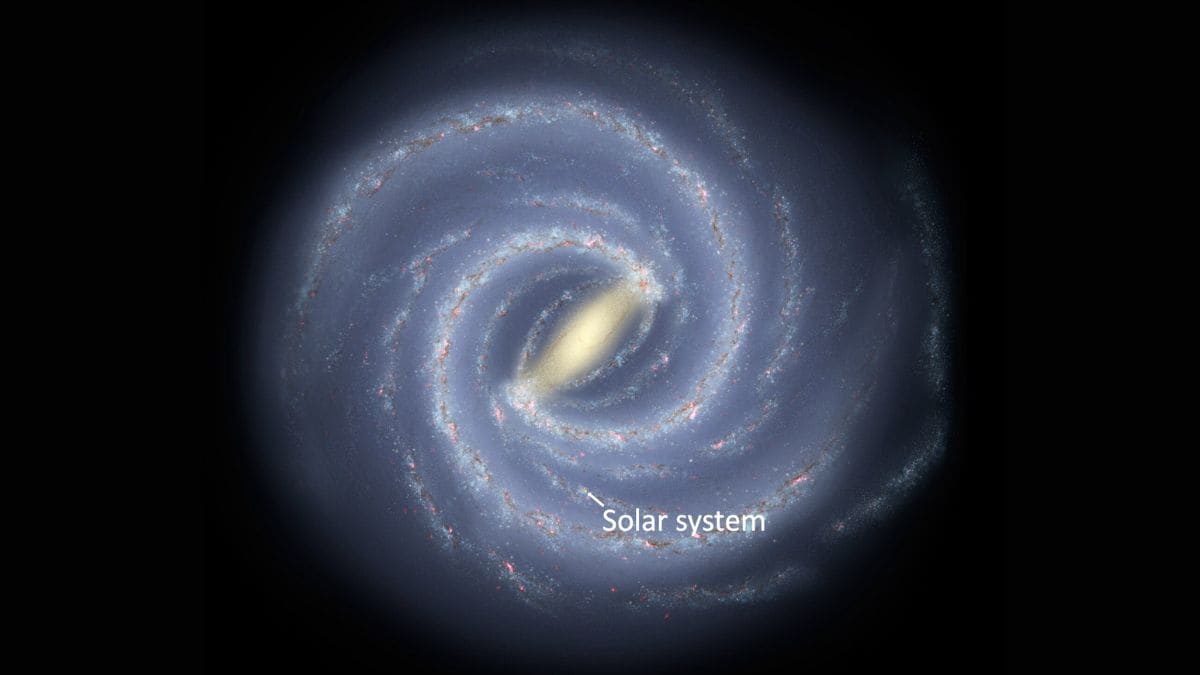The Promise and Pitfalls of Mexico’s Clean Energy Plan

For years, Mexico has been exploiting its vast oil reserves to meet its energy needs and boost its export revenues. During this time, several governments largely overlooked the country’s renewable energy potential. Many regions of Mexico experience abundant sunlight throughout the year, while the north of the country has high levels of wind. However, to date, its renewable energy sector is somewhat underdeveloped.
Despite having expanded its renewable energy capacity in recent years, Mexico still relies heavily on fossil fuels. However, greater investment in renewable energy, as well as tax breaks and other financial incentives for consumers looking to make the switch, could help accelerate the rollout of Mexico’s green energy.
In 2022, Mexico had a total of 31.3 GW of installed clean energy capacity, which mainly consisted of hydropower, wind, and solar power. In 2024, Mexico had the second-largest solar PV capacity in Latin America, ranking only behind Brazil, with 4.42 GW of installed distributed solar capacity by the end of the year. Mexico’s state-owned electric utility, Federal Electricity Commission (CFE), added 1.09 GW of distributed solar power last year, through 106,934 new interconnection contracts, marking a 35.3 percent increase from 2023.
When the climate scientist Claudia Sheinbaum was elected as Mexico’s new president in October, there were high hopes for a green transformation, following repeated delays during the former President Andrés Manuel López Obrador’s six-year term. President Sheinbaum’s inaugural address outlined plans for renewables to contribute a 45 percent share of electricity generation by 2030, marking a shift towards a more diversified energy mix.
During her first month in office, Sheinbaum signed a constitutional reform altering the legal status of the CFE and the state-owned oil company Pemex to make them “public companies” rather than “productive state companies,” as they came to be known after the 2014 energy reform. In November, Mexico’s Senate disbanded the Energy Regulatory Commission (CRE) and National Hydrocarbons Commission (CNH) and merged them within the government Energy Ministry (Sener). These early moves marked a clear intention to overhaul the country’s energy policy.
During her presidential campaign last year, Sheinbaum pledged to invest over $13 billion in a renewables-focused energy plan if she became president. In April, the government published its 2025-2030 National Development Plan (NDP), which focuses heavily on establishing greater energy security and sovereignty. It includes 51 strategic projects with a total additional power-generating capacity of 22.6 GW by 2030, aimed at reducing Mexico’s reliance on imports, growing the country’s renewable energy sector, and combating climate change. The NDP also states that the ratio of electricity generation must remain at no less than 54 percent publicly owned and a maximum of 46 percent privately owned.
In February, CFE announced plans to build nine solar power plants with a total capacity of 4.7 GW by 2030, increasing its solar portfolio by more than tenfold, from 433 MW at present. In 2023, CFE commenced operations at its Puerto Peñasco solar farm in the northern state of Sonora and began work on the 300MW second phase of the project in September 2024.
A May Ember analysis suggests that if the Mexican government follows through with its plan for clean energy generation to cover 45 percent of national electricity demand over the next five years, it could significantly boost Mexico’s energy security. Mexico produced 22 percent of its electricity from renewable sources in 2024, which is below the global average of 32 percent, as well as the Latin American average of 62 percent. In 2024, around 54 percent of the electricity generated in Mexico came from U.S. gas imports.
Ember states that moving away from a reliance on U.S. gas to develop its renewable energy capacity could save Mexico up to $1.6 billion on imports by 2030, as well as support the creation of 434,000 or more direct jobs. In addition, the recent introduction of tariffs by U.S. President Trump and the threat of an ongoing trade war will likely make Mexico rethink its dependence on American gas.
To achieve 45 percent clean electricity by 2030, Mexico would need to install 46 GW of solar and wind power, which would mean a 33.2 percent share of solar and wind energy in electricity generation in 2030, according to Ember. This would reduce gas-fired electricity generation in Mexico by 20 percent from 203.8 TWh in 2024 to 163.4 TWh in 2030, even as electricity demand rises by 15 percent. To accomplish this, Mexico will need to attract high levels of foreign investment in its renewable energy sector, streamline its permitting and licensing processes for new energy projects, and provide training for workers.
Mexico has significant potential to rapidly expand its renewable energy capacity, backed by the support of its climate scientist president. However, its strict public-private electricity generation ratio currently restricts private participation in the sector, which could limit investment in green energy. In addition, Sheinbaum has also stated her support for Mexico’s oil industry, which could further hinder the development of the country’s renewable energy sector.
By Felicity Bradstock for Oilprice.com










































